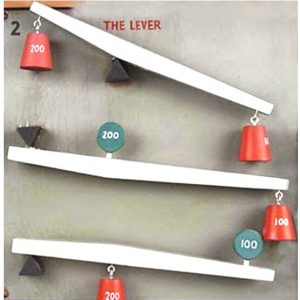
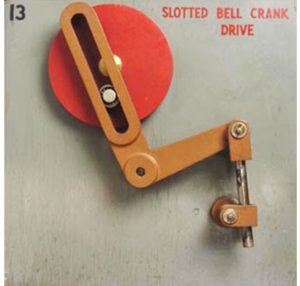
I first visited the Newark Museum on a field trip from grade school. The mechanical models exhibit was perfect for a kid like me who always wanted to know how things worked.
The models, maybe 80 or 100 of them, were each mounted on a 15-inch square wooden panel. Each had a visitor-operated pushbutton to set it to work performing its own unique, pleasantly noisy motion.
The catalog described the exhibit as “a dictionary of mechanical movements”, and promised to show how one type of motion can be converted to another; and to answer such questions as “how can hundreds of pounds be lifted with a one-pound pull?”
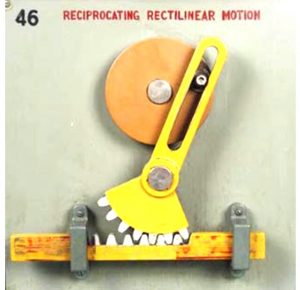
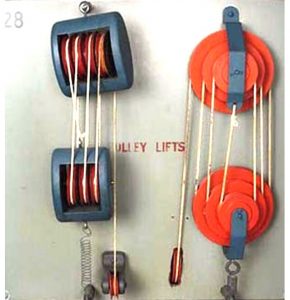
The exhibit was commissioned by department store magnate and philanthropist Louis Bamberger, and modeled on a 1928 exhibit at New York City’s Museum of the Peaceful Arts. The Newark Museum’s building itself was funded by Bamberger.
I spent many hours operating those models and studying how they worked. Sadly, a 1980s museum renovation removed the exhibit, and it no longer exists.

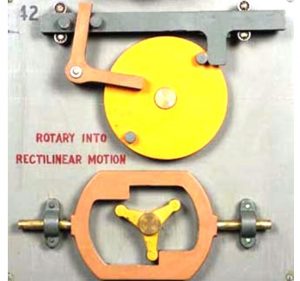
I didn’t grow up to be a mechanical engineer, but some of my jobs in the world of computing did come with the title software engineer. The only motion involved was the massaging and moving of invisible zeros and ones, much quieter than operating mechanical models, but still rewarding and fun.

All images courtesy allmyeyes.blogspot.com
Many thanks to graphic designer and artist Linda Eckstein, for her invaluable article on elemental kinematics, the motion of objects.
